Bald-hairy-bald: The obscure ‘rule' Russian leaders follow
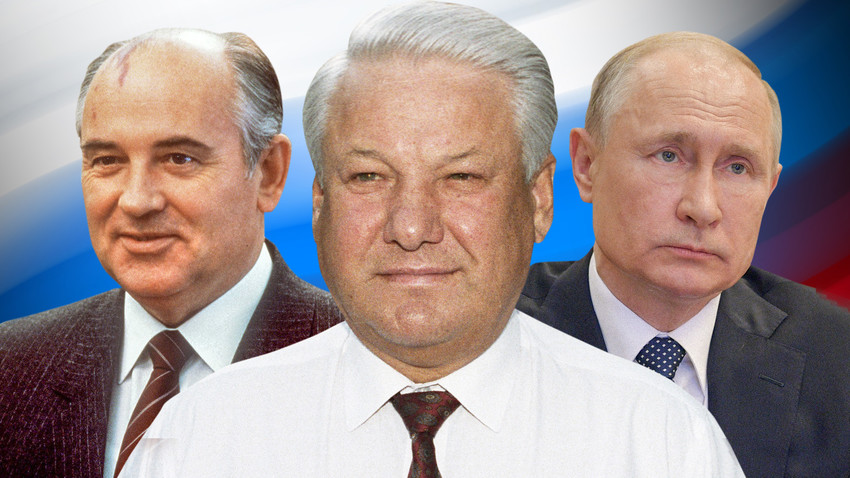
It’s a long-standing Russian political joke turned phenomenon. Russian leaders all succeeded each other following a simple, weird pattern: a leader with hair would always come after a bald one.
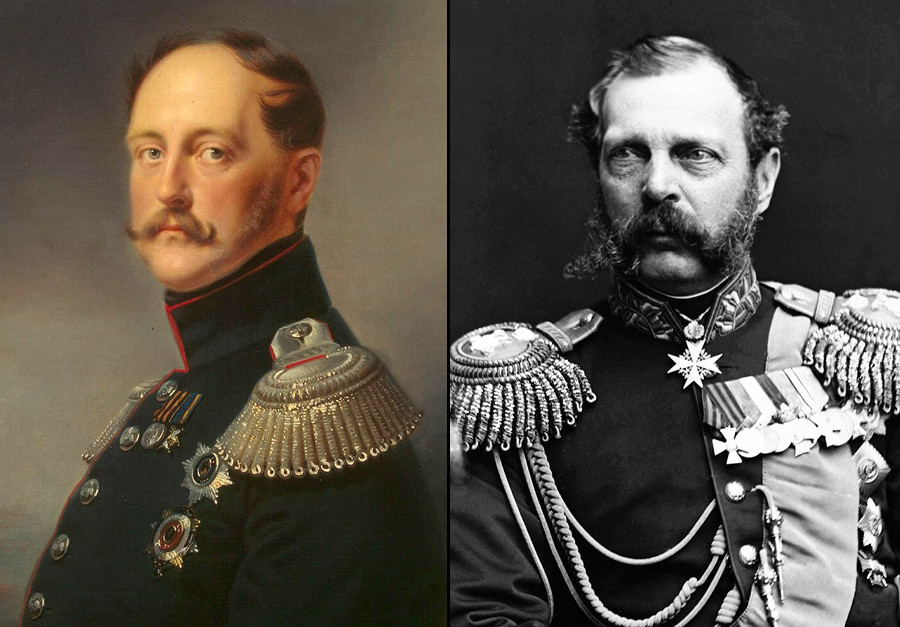
Nicholas I (L), Alexander II (R)
Hermitage Museum, Global Look PressThis pattern began after Nicholas I ascended the throne in 1825: he was slightly bald, and his son, the future Emperor Alexander II, had hair. And Alexander’s successor, his son Alexander III, was, once more, bald, while his successor Nicholas II had hair (again)!
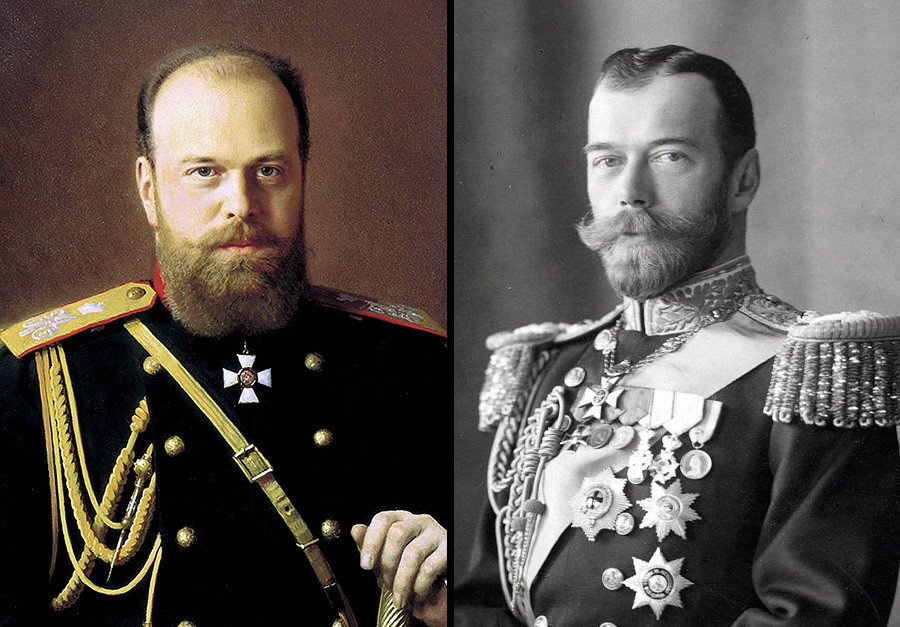
Alexander III (L), Nicholas II (R)
Global Look Press, Public domainStuck between a tsar and a Bolshevik
As the Russian Empire crumbled, a new line of Soviet leaders emerged; but even in between, the strange pattern continued any which way we look at it. This pure coincidence repeated itself so many times that it has become a rule of sorts, and it’s become a historical paradox (until it is broken).
Nicholas was the last tsar (and had a full head of hair), while Lenin was the first Bolshevik leader (and was bald!). But if we take all the formal leaders in between, the pattern also continues.

Georgy Lvov (L), Alexander Kerensky (R)
Public domain, Karl Bulla/Russian National LibraryNicholas II abdicated from the throne in favor of his brother, Grand Duke Mikhail Alexandrovich. But by his last order, Nicholas had appointed Prince Georgy Lvov the head of the Provisional Government – formally, the leader of the state. Lvov, 55 at the time, was bald. In July 1917, he left the government, and Alexander Kerensky (with hair) became Prime Minister.
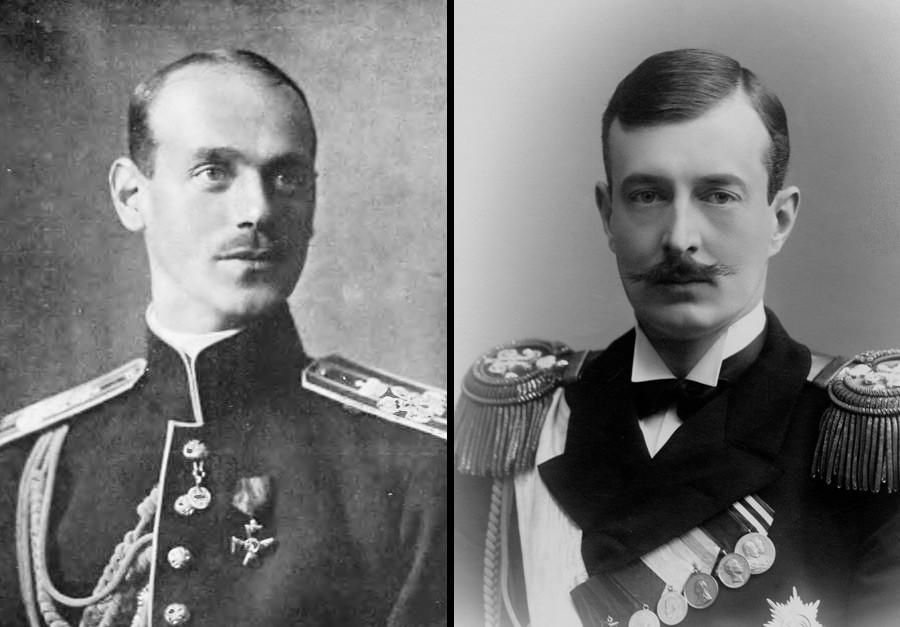
Grand Duke Michael Alexandrovich (L), Grand Duke Kirill Vladimirovich (R)
Public domainNicholas’s brother, Grand Duke Mikhail Alexandrovich, whom he left the throne to, was bald. The next day after the abdication, on March 3, 1917, Mikhail signed a refusal from the throne and gave the power to the Provisional Government. But, the only person who had declared himself Russian Emperor after 1917 was Grand Duke Kirill Vladimirovich, Nicholas II’s first cousin. On August 31, 1924, he assumed the title Emperor of all the Russias, and with a full head of hair.
‘The rule of the head’ in Soviet times
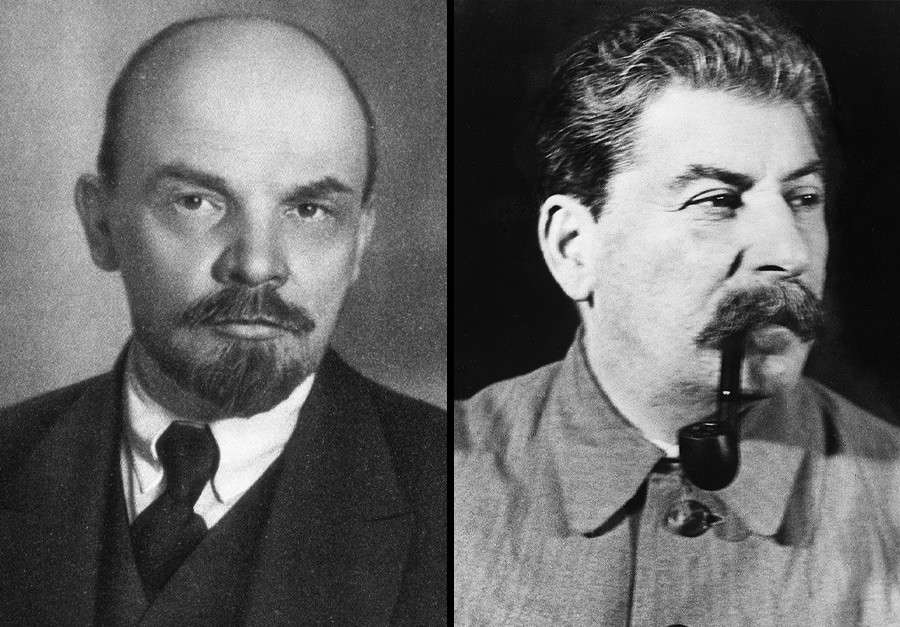
Vladimir Lenin (L), Joseph Stalin (R)
Global Look Press, Ivan Shagin/SputnikDuring the Soviet times after Lenin, the pattern is also weirdly true for General Secretaries of the Central Committee of the Communist Party of the Soviet Union – the true leaders of the Soviet state. The first General Secretary of the Central Committee was Joseph Stalin, Lenin’s successor, and he had hair (again).
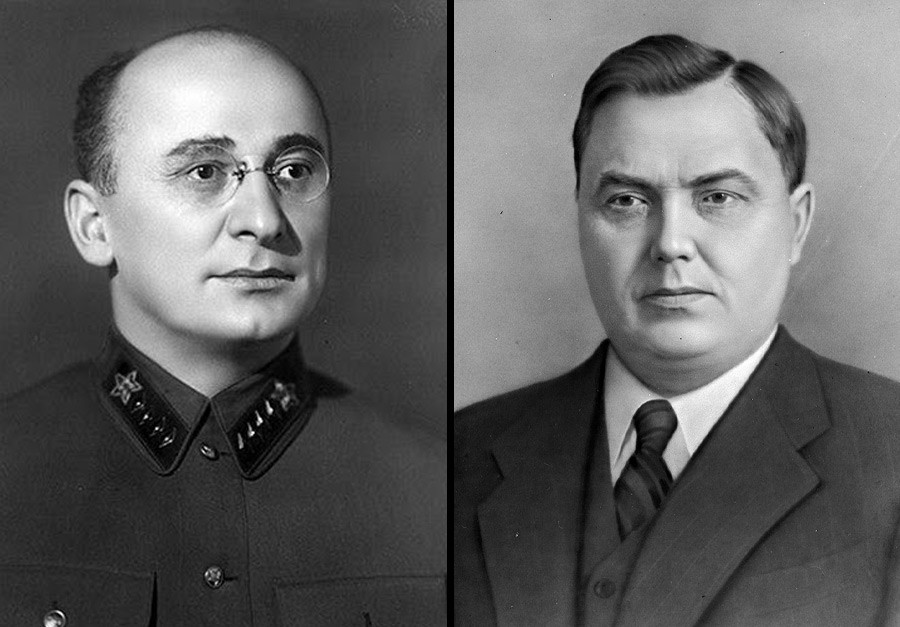
Lavrentiy Beria (L), Georgy Malenkov (R)
Public domain, SputnikAfter Stalin died in March 1953, he left no formal successor. Immediately after his death, Lavrentiy Beriya, the head of the State Security, had the most power. And he was bald. On June 26, 1953, Beriya was arrested, then put on trial and executed, and Georgy Malenkov (with hair) became the leader for a short time; but in September 1953, Nikita Khrushchev was elected as the General Secretary of the Central Committee – and he was bald. Again!
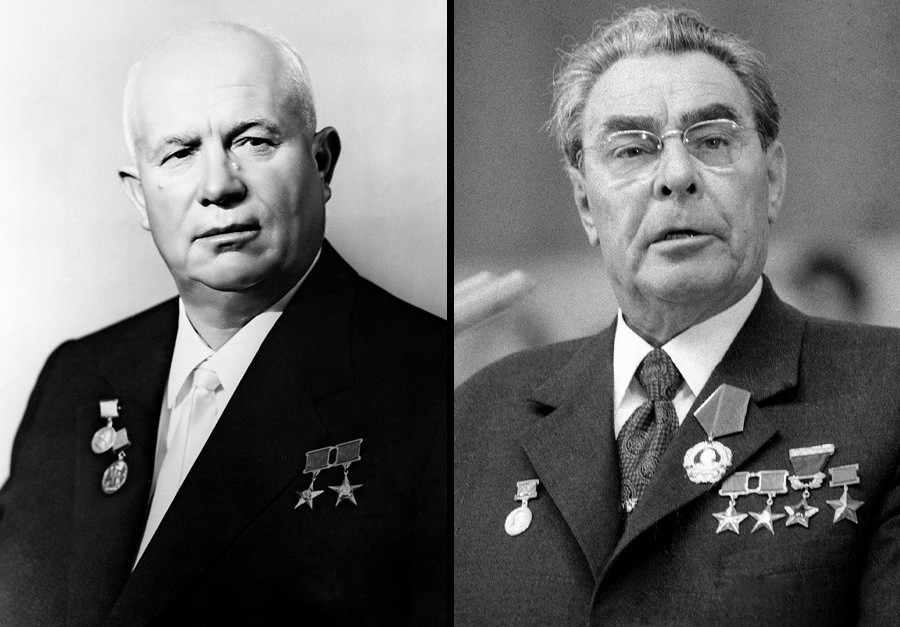
Nikita Khrushchev (L), Leonid Brezhnev (R)
Sputnik, Yuri Abramochkin/SputnikThen, bizarrely, the coincidence kept going: Leonid Brezhnev had hair, and Yuri Andropov was bald, Konstantin Chernenko had hair, and Mikhail Gorbachev was bald.
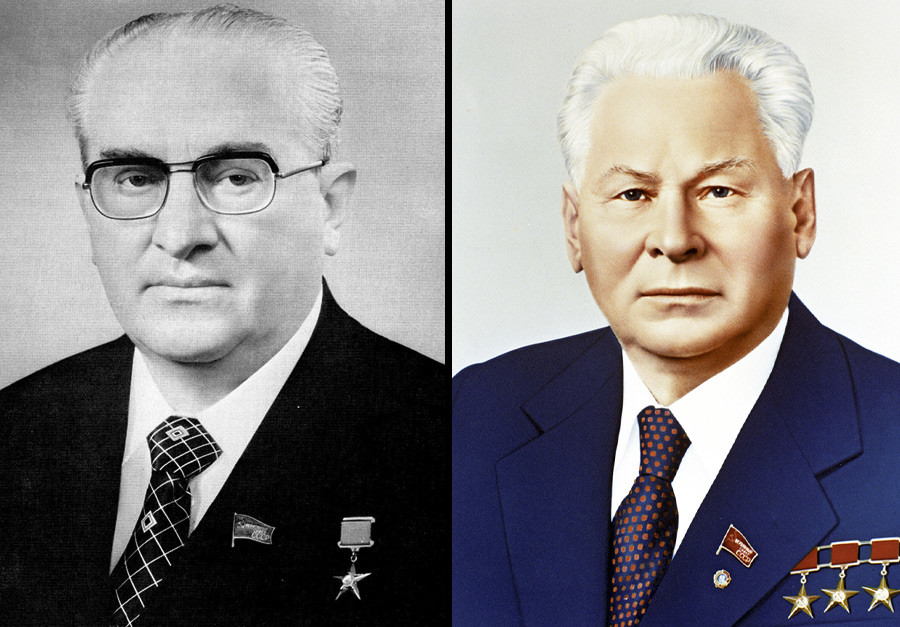
Yuri Andropov (L), Konstantin Chernenko (R)
Public domain, SputnikPost-Soviet times and beyond
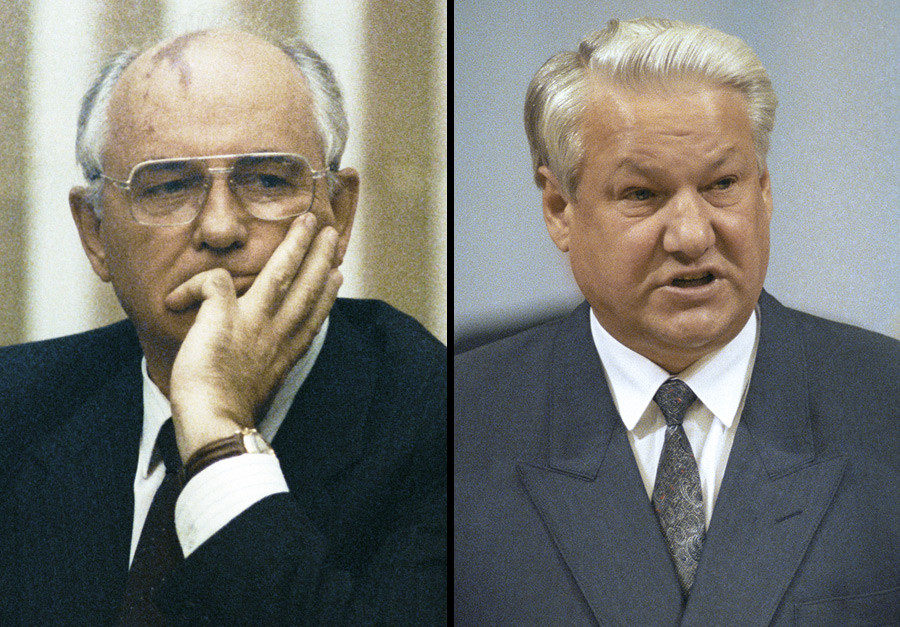
Mikhail Gorbachev (L), Boris Yeltsin (R)
Sergey Guneev/SputnikEven in the topsy-turvy times of another seismic shift in power in Russia, around 1991, the pattern was still mysteriously in play! When in August 1991, Mikhail Gorbachev (bald) was deposed from the post of the President of the USSR by the State Committee on the State of Emergency, he was replaced by Gennady Yanayev (with hair), the only Vice President of the USSR.
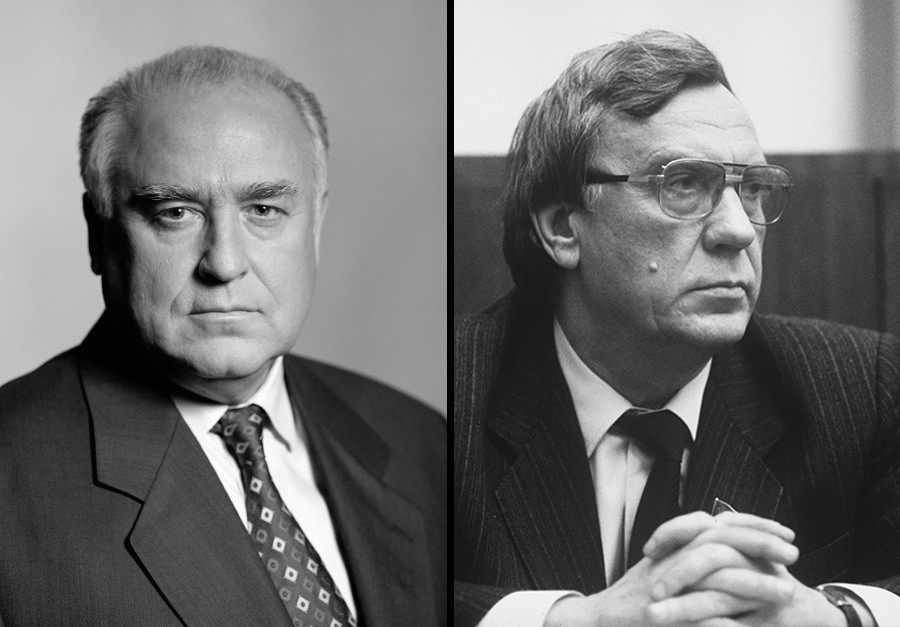
Viktor Chernomyrdin (L), Gennady Yanayev (R)
Yuri Abramochkin, Dmitry Donskoy/SputnikAfter August 21, 1991, the bald Gorbachev returned to power, but in December 1991, the USSR disbanded, and Boris Yeltsin, with his famous iron-gray quiff, became the first President of Russia.
The only time Boris Yeltsin stepped down from his post was just for one day, from November 5 to November 6, 1996, when Yeltsin had to undergo heart surgery. By special order, Boris Yeltsin appointed Viktor Chernomyrdin, then head of the government, as acting president – he was bald. The next day, November 6, Yeltsin woke up after successful surgery and fully regained his presidential functions – without losing a hair.
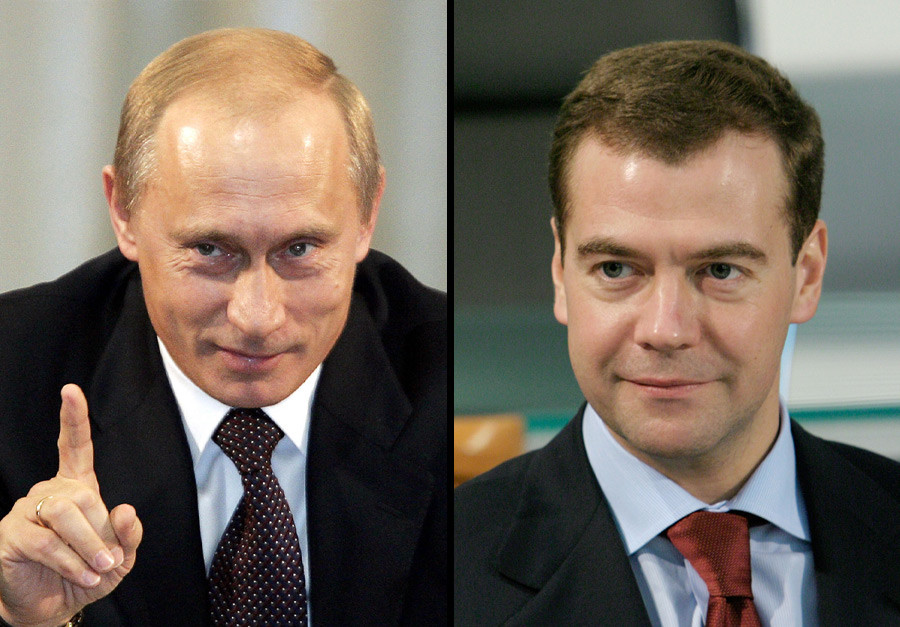
Vladimir Putin (L), Dmitri Medvedev (R)
AP, Presidential Press and Information OfficeVladimir Putin, who was elected President after Yeltsin, was already bald by that time. In 2008-2012, Dmitry Medvedev (with hair) served as President, before Putin was voted back to the post in 2012, and he didn’t become hairier, only balder! As you can clearly see, since 1825, there have been no exceptions to this strange, hairy rule!
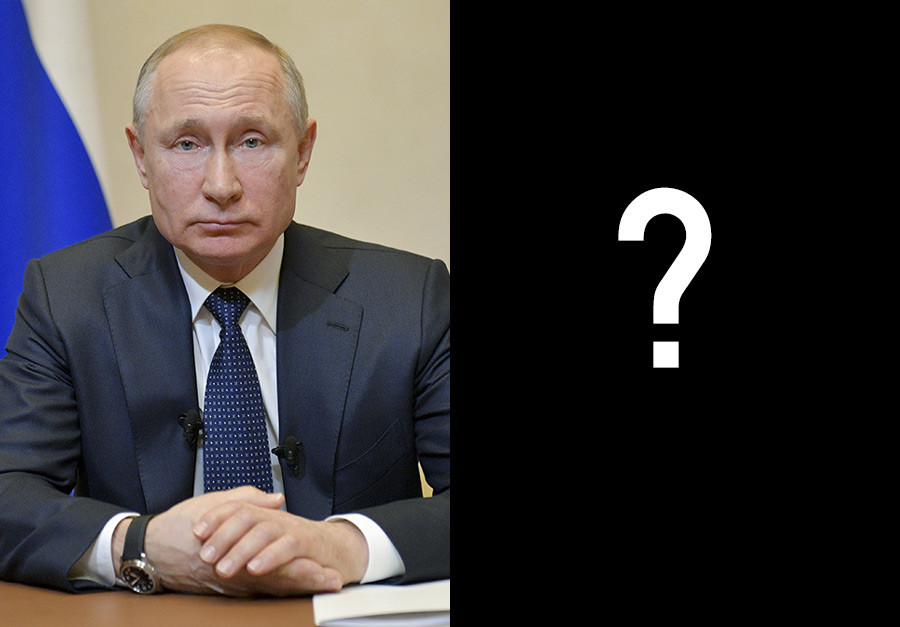
Vladimir Putin, the current President of Russia
APThe mathematical probability of such a pattern being coincidental for more than 13 successions (since Nicholas I’s reign and to Vladimir Putin’s current presidential term) is less than 0.00025. Nobody knows who really coined this phenomenon, but it had become quite obvious for many around the 1970s-1980s.
If using any of Russia Beyond's content, partly or in full, always provide an active hyperlink to the original material.
Subscribe
to our newsletter!
Get the week's best stories straight to your inbox